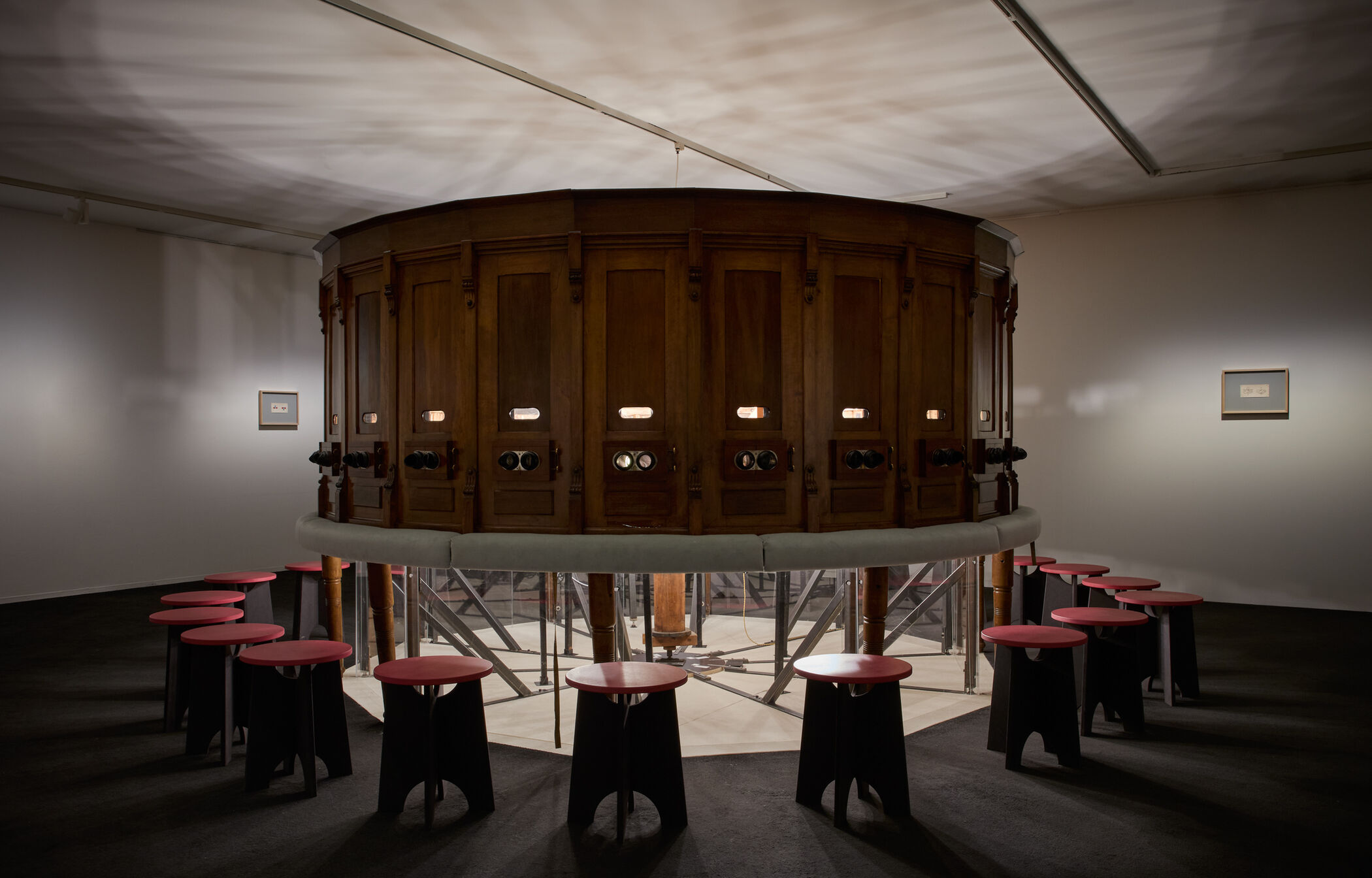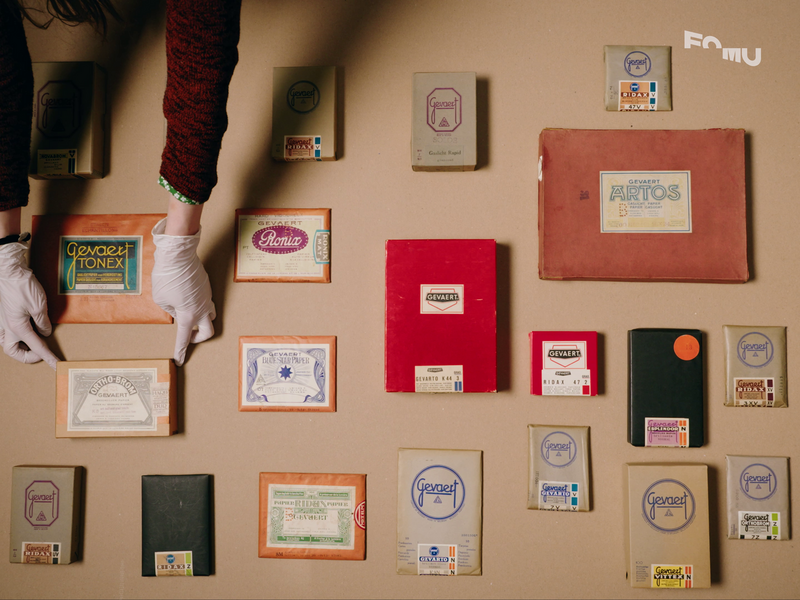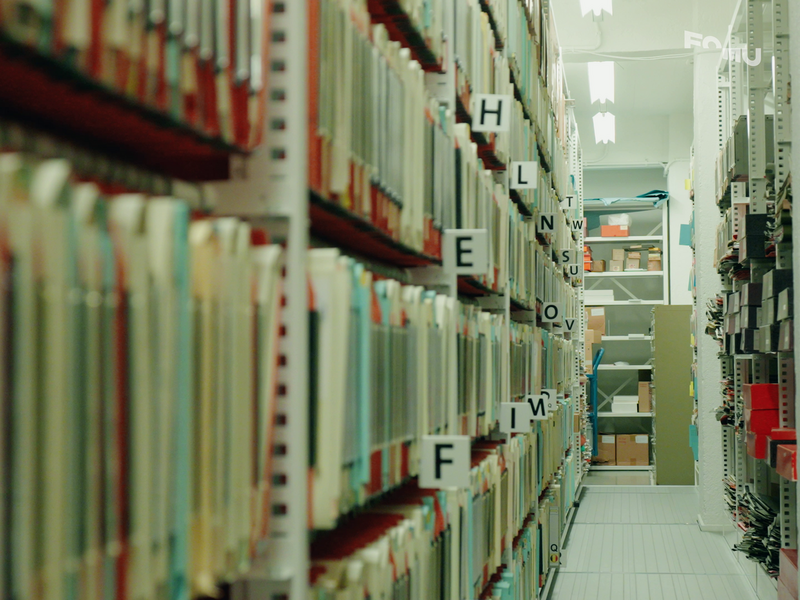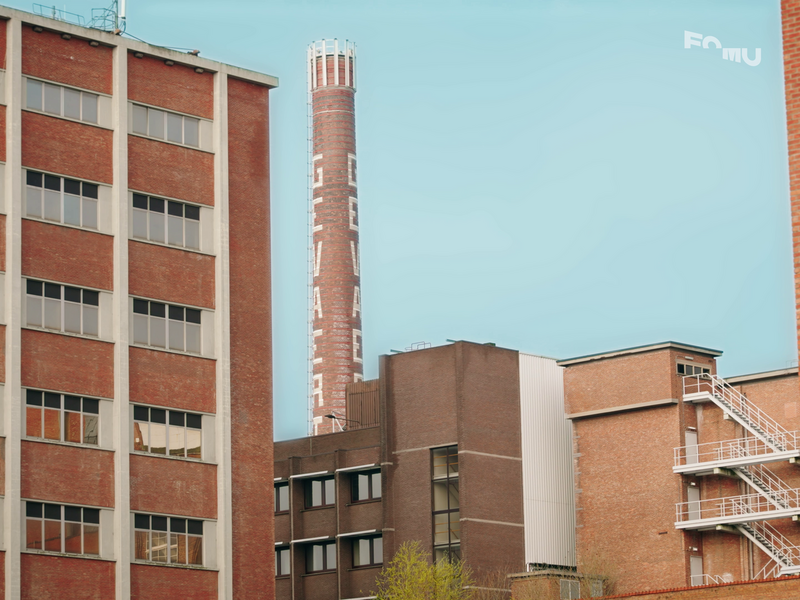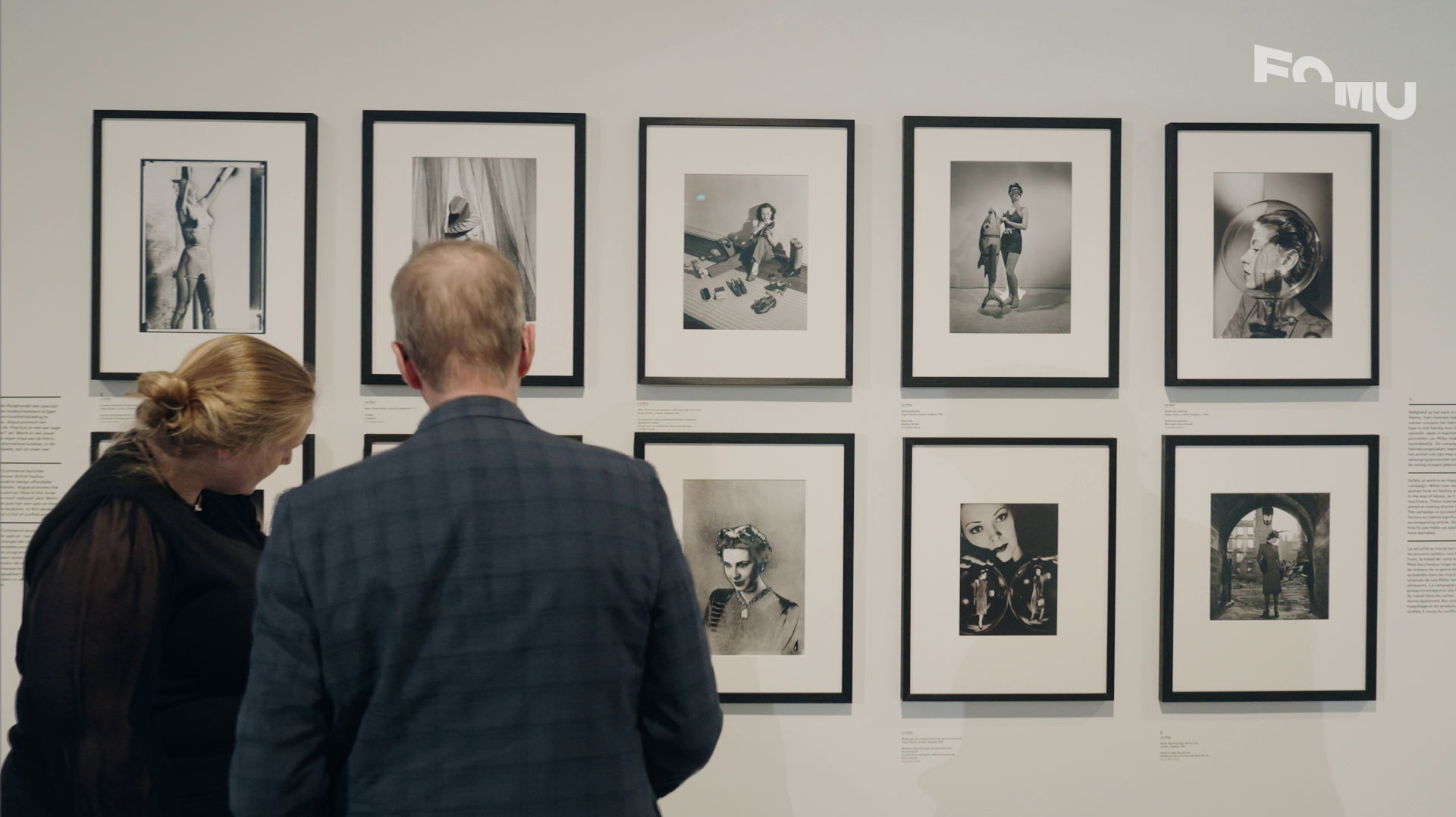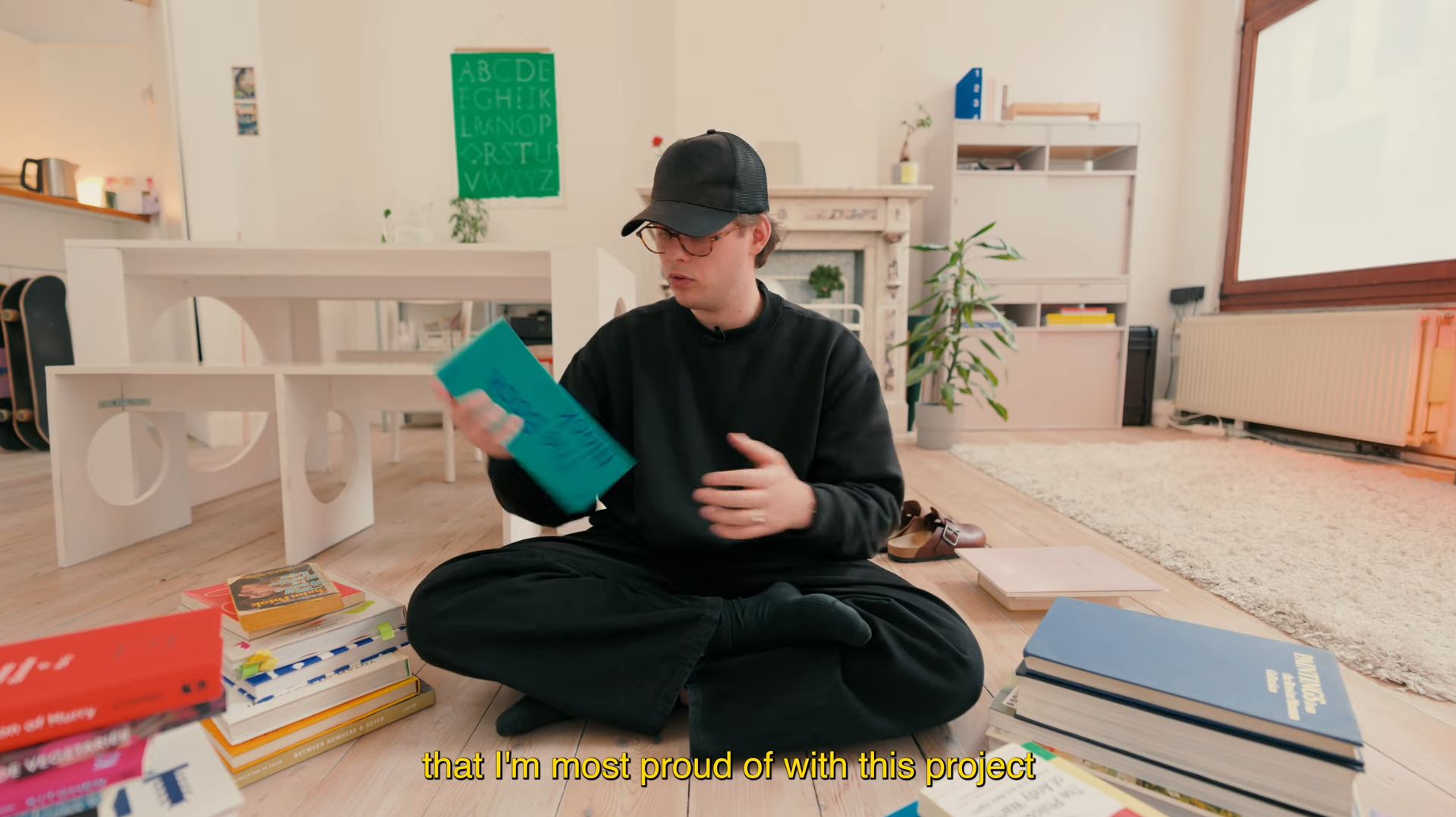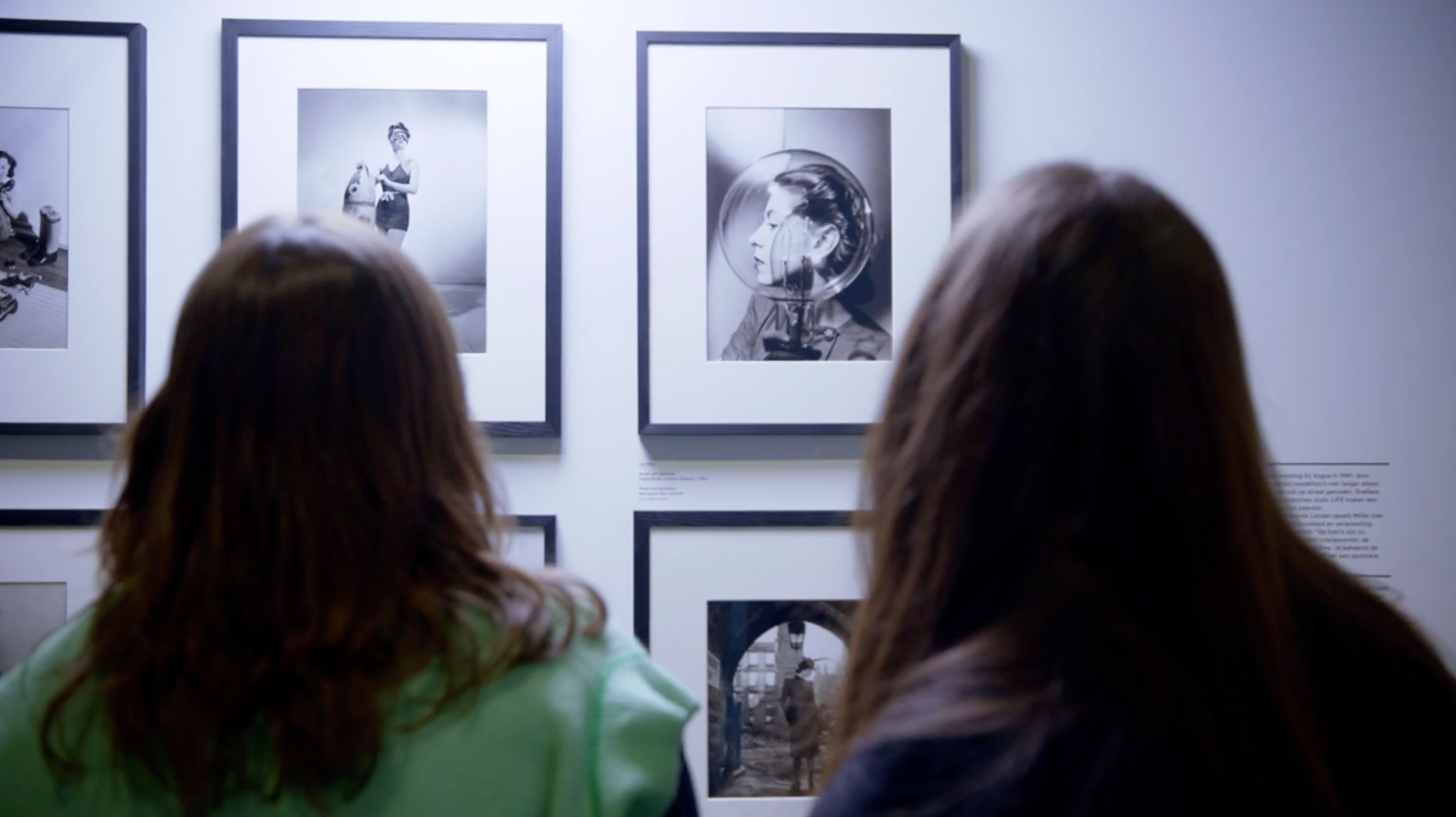FOMU Collection
Video: FOMU and the Gevaert paper project
From 1894 to 1964, the Belgian company Gevaert produced photographic papers that were popular around the world. In 2015 the complete company archives, containing more than 377 types of paper and 1,300 packages of paper, were moved to FOMU. By making the archive available to the public, FOMU aims to keep knowledge of analogue photography and photo paper alive.
Gevaert: A global player in photographic paper
The Antwerp-based Agfa-Gevaert company is industrial heritage and has played a major role on the global stage of the analogue photo industry. In 1890, Lieven Gevaert opens a photography business in Antwerp. Along the way he decides to produce his own photographic paper. This turns out to be a clever move: many photographers come to his shop to buy photo paper. Many other players on the international photography market are mostly focused on working with photographic plates or synthetic materials. Gevaert decisively opts for photographic paper – with great success.
For a long time, Gevaert operated on an equal level to brands such as Kodak and Polaroid. Gevaert photographic papers were available nearly worldwide through international branches, agencies and representatives of the company.
Extensive collection
The Agfa-Gevaert collection is very large and includes over 400 running metres of archive materials. In 2015 FOMU obtained the entire business archive, comprising more than 377 types of photo paper and 1300 items of packaging. Gevaert developed an immense array of photographic papers for various purposes, aimed at both amateur and professional photographers. Many papers were given specific characteristics and applications for use.
Alison Rossiter & Gevalux
Gevaluxe Velours photographic paper (1933-1955) was a signature product of the Gevaert Photo-Products Company (current name: Agfa-Gevaert NV) in Mortsel, Belgium. It entered the market in the 1930s as a luxurious paper option. Due to its exceptional beauty, it was praised as the ‘Stradivarius’ among photo papers. Globally, Gevaluxe Velours is one of the rarest paper types that still exist today.
Alison Rossiter (º1953, Jackson, Mississippi, US) lives and works in New York. Rossiter creates photographs without a camera, using vintage photographic paper. Over the past twenty years, the artist assembled a large collection of photographic papers that includes rare and prestigious samples dating as far back as the 19th century. Her deep respect for these papers is the driving force behind Rossiter’s work: after having spent years or even decades in storage, she finally develops these historical photo papers and activates their surface, creating clearly visible traces of the passage of time. On Gevaluxe, Rossiter comments: “It feels like sand paper, and it glistens. The highlights actually glisten, and the shadows look like velvet. I've never seen a paper like it.”
FOMU is proud to own the work Gevaert Gevaluxe Velours, exact expiration date unknown, ca. 1930s, processed 2020 (#2), 2020 by Alison Rossiter. Rossiter considers the work created with this roll of Gevaluxe Velours paper to be the best she ever made, commenting: “Pierre Cordier gave me the box in 2015, and it took five years before I decided how to use it to its best advantage in 2020. The three large prints I made from this roll are the best things I have ever done with my collection of expired photographic papers.”
Temporary expo in FOMU
The exhibition Outdated Paper? Photographic Paper from the Gevaert Archive introduces visitors to Europe’s largest collection of photo paper. A range of paper types, packaging and international promotional materials offers a unique glimpse into photography in the 20th century. Each kind of paper has its own texture, gloss, colour, thickness… The expo reveals how this trendsetting brand from Mortsel, Belgium has shaped the history of photography.
The exhibition is open from May 31st to August 18th, 2024. It takes place on the building’s first floor and can be visited free of charge.






